Instantizing made easy – Agglomeration by fluid bed process – Granules from powder (German article)
Variety of Processes through the Fluid Bed Technology
High dust content and bad flowability often cause problems during the filling, dosing or application of powdery substances. This situation can be improved considerably through agglomeration using the fluid bed technology. Glatt Ingenieurtechnik designs und constructs these kind of fluid bed plants for various applications. (article in German language)
- Author: Melanie Guttzeit, Process Engineer, Process Technology Food, Feed & Fine Chemicals, Glatt Ingenieurtechnik GmbH
- originally published in the trade magazine ‘PROCESS’, issue 02/2013, VOGEL Communications Group GmbH & Co. KG
- Variety of Processes through the Fluid Bed Technology (process-worldwide.com)
The agglomeration of powdery substances brings indispensable benefits to every industry. A particularly well suited process for this purpose is the fluid bed technology. Agglomeration in a fluid bed is used for the production of instant products, for example. Due to the good mixing in the fluid bed, the particles collide. By injecting a liquid onto the powdered raw material, liquid bridges form between the individual particles, resulting in cohesion through capillary cohesion forces and surface tension.
As part of this process, the surfaces of the particles are partially dissolved and/or bound to each other through polymers or other types of binders. The excellent heat and mass transport properties of the fluid bed causes a quick evaporation of the moisture brought in. The result is a coarser agglomerate with changed properties such as a highly developed flowability, reduced electrostatic charge and a porous structure with capillary surfaces. The latter is responsible for an improved wettability and, as a result, a better solubility. Those properties are also caused by the manipulation of specific process parameters.
Decisive Bonds
What is important for the formation of agglomerates is not only the probability of collisions, which is mainly determined by the fluidizing gas velocity and the particle size and density, but also the actual bond. In addition to the naturally imposed forces (van der Waals forces, electrostatic forces), material bridges are of enormous importance for the formation of agglomerates. Such bonds are achieved not only by the solubility of the particles but also by different bonding mechanisms: chemical bonding, crystallisation and hardening of solutes, drying of liquid bridges and capillary liquid. Due to the stability of the bonds, breaking and abrasion of granulate during the process and during storage are reduced considerably. The product has typical properties such as good flow behaviour, excellent wetting and solubility behaviour, and very low dust content.
Depending on the desired agglomerate property, different spraying liquids are used. In the simplest case, water is used as spraying liquid in order to avoid the use of additives and other food ingredients. If the bonding forces are insufficient, a bonding agent is needed, which must comply with the regulations of food law. In addition, the bonding agent must interact with the powder and create stable bonds. Suitable bonding agents include e.g. polysaccharides, gelatine and, in certain cases, dissolved raw material, which generally increase the viscosity and stickiness and create stable bonds at room temperature. For instant products, a spray solution with high viscosity should be preferable used in order to achieve an internal structure of high porosity and a larger size of agglomerates, resulting in better instant properties, i.e. a better dispersing capability. The result of a higher concentration of the bonding agent solution is that the bonding forces in the liquid bridges are developed more strongly and larger agglomerates can therefore faster be created.
Variety of Processes through the Fluid Bed Technology (process-worldwide.com)
Further information on this topic and related topics can also be found in the following publications:
Published article: ‘Spray agglomerating plant-based milk alternatives for optimised product properties’ PDF, English
Published article: ‘Shaken or Stirred – Agglomeration with fluidized bed technology’ PDF, English
Published article: ‘Fluidized bed solutions for optimized ingredient production’ PDF, English
Published article: ‘Technologies à lit fluidisé / Fluid bed and spouted bed technology’ PDF, English/French
Published article: ‘Outsourcing – Trust in competent partners’ PDF, English

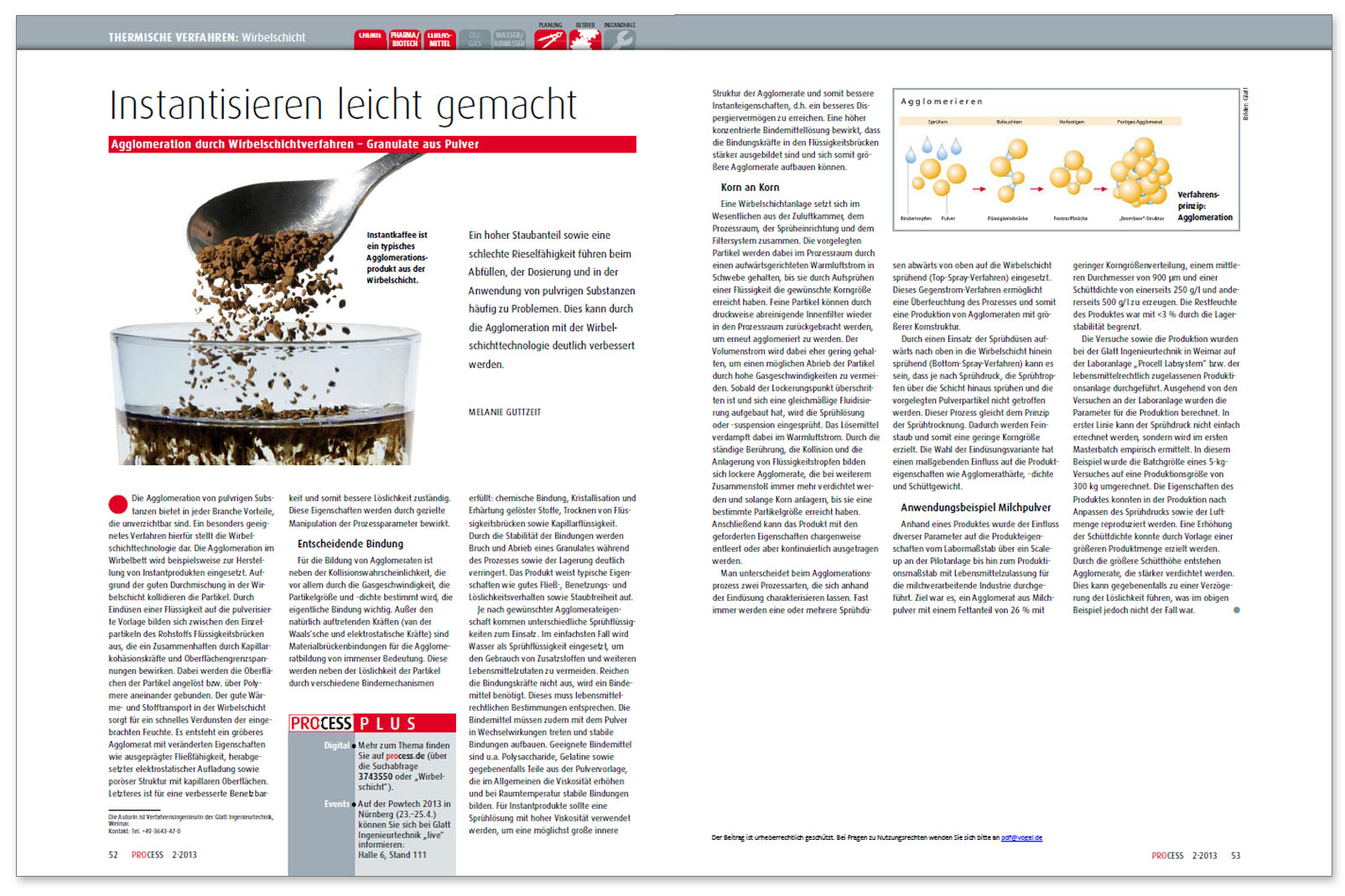
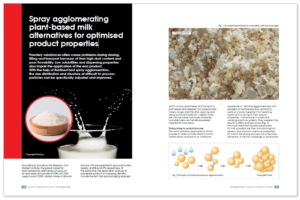

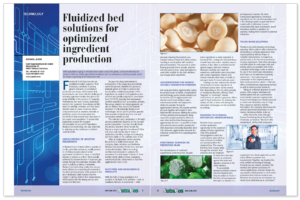
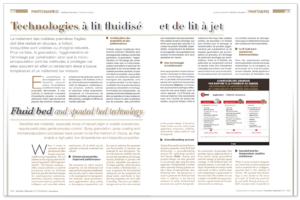
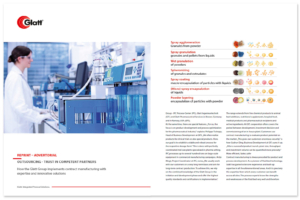
 Copyright: VOGEL Communications Group GmbH & Co. KG
Copyright: VOGEL Communications Group GmbH & Co. KG Copyright: Konradin-Verlag Robert Kohlhammer GmbH
Copyright: Konradin-Verlag Robert Kohlhammer GmbH